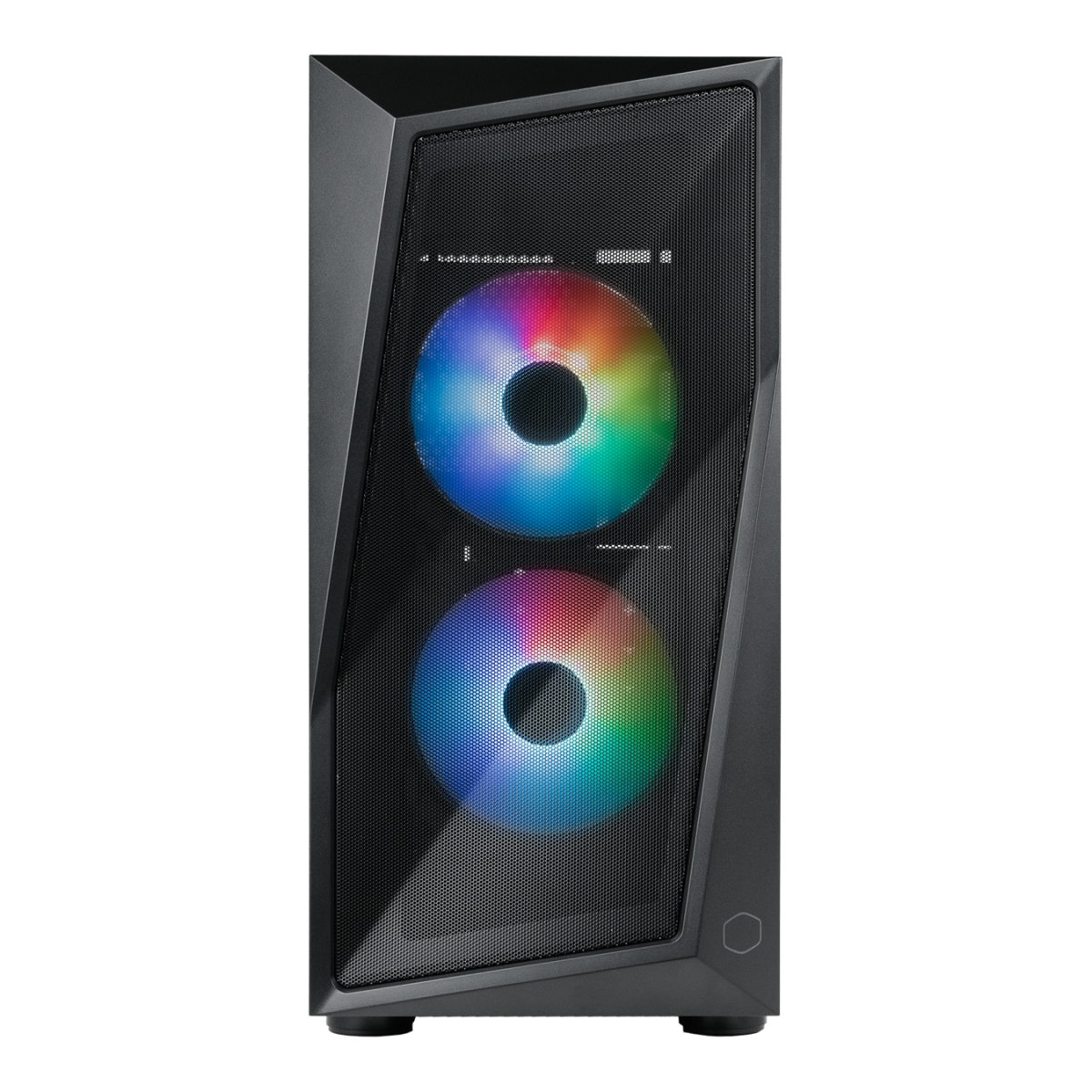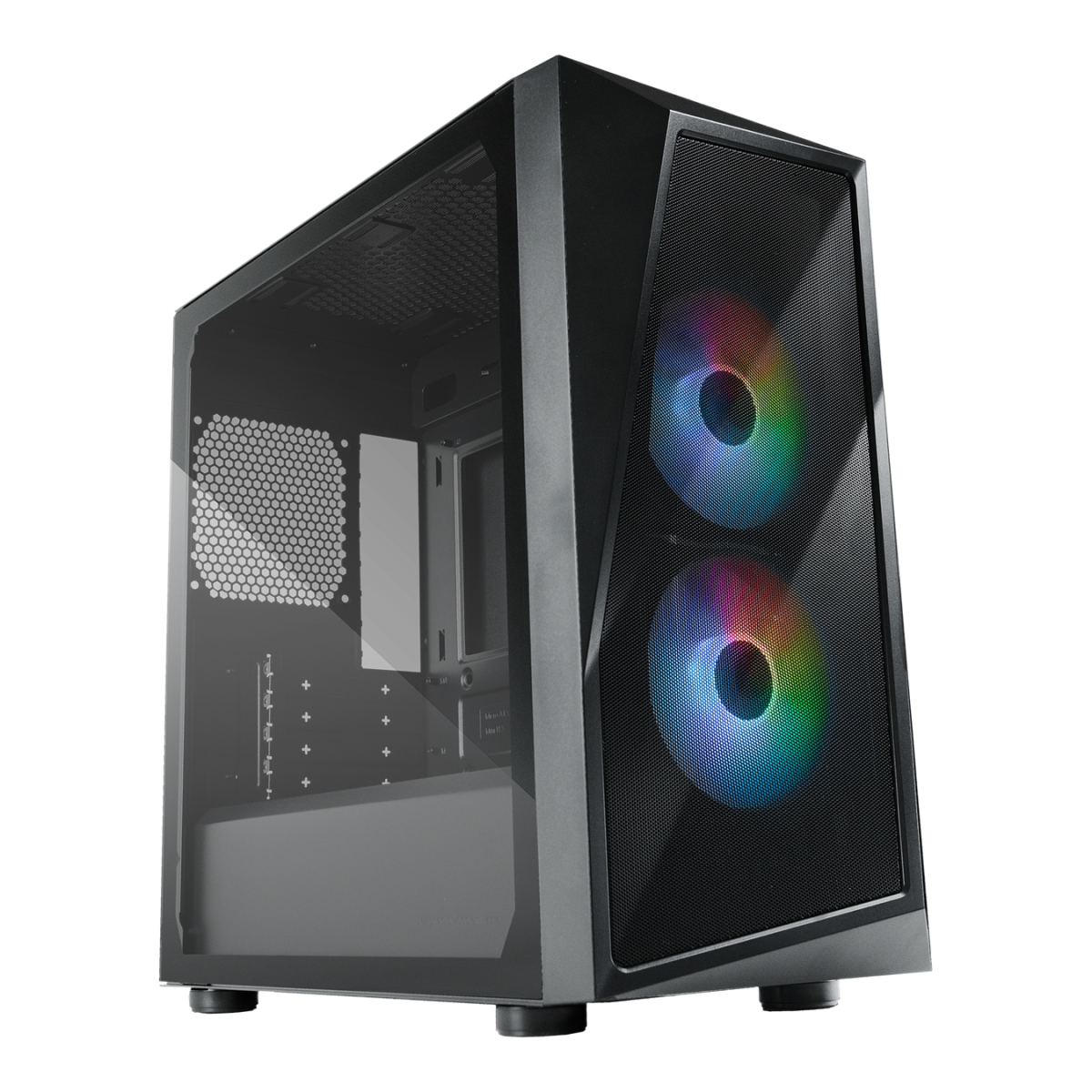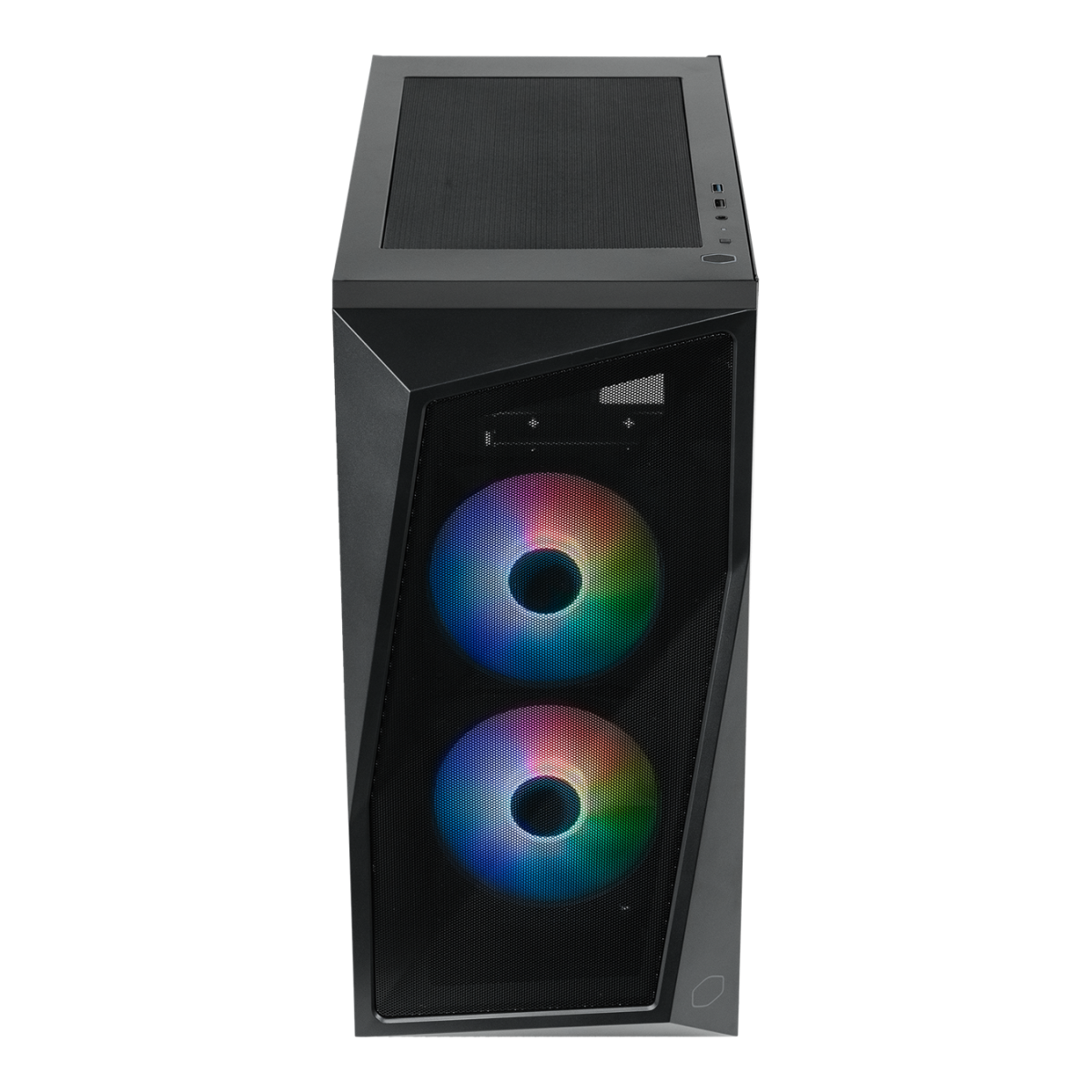This is a well-rounded mid-range PC build suitable for general computing tasks and some light-to-moderate gaming. Here are some notes on each component:
Intel Core i3-12100F 12TH Gen Processor 4 Cores 8 Threads Up To 4.3 GHz: This 12th gen Intel CPU should provide excellent performance for day-to-day tasks, and can handle gaming at reasonable settings and resolutions, although it's not a top-end choice for high-end gaming or heavy multimedia work.
DEEPCOOL GAMMAXX AG300 CPU Air Cooler 3 Heatpipes Full Nickel Plating PWM: A good choice for keeping your CPU temperatures in check, essential for the longevity of your system and maintaining performance.
GIGABYTE H610M S2 DDR4 LGA 1700, Intel 12th,PCIe 4.0 ,USB 3.2 Motherboard: A motherboard with a decent set of features. PCIe 4.0 support is a future-proofing feature, allowing faster communication with compatible components.
Kingston NV2 500GB M.2 2280 NVMe PCIe 4.0 Internal SSD Up to 3500 MB/s: This will provide very fast boot and load times thanks to NVMe technology, and 500GB is a reasonable amount of storage, although you may want to consider an additional HDD for larger storage needs.
Kingston FURY Beast RGB 8GB (1 x 8GB) 3200MHz DDR4 RAM: This should be sufficient for most tasks, but consider adding another 8GB module if you plan on gaming or doing heavy multitasking, as many modern applications can be quite memory-hungry.
MSI NVIDIA GeForce 1650 4GB VENTUS XS OCV1 GDDR6 - Graphics Card: A decent mid-range graphics card. It should handle most games at medium settings and 1080p resolution. If you're planning to play the latest AAA games at high settings or higher resolutions, you may need to consider a more powerful GPU.
Deepcool PF650D 650w 80 Plus Certified Power Supply For Gaming: A power supply unit with plenty of power for this build, and 80 Plus certification means it's energy-efficient.
Cooler Master CMP 320 ARGB Mini Tower Tempered Glass Gaming Case: A stylish case with good airflow and lighting options. Make sure it has enough room for all your components and offers good cable management possibilities.
Remember, building a PC is a process of balance. Each component should match well with the others to avoid bottlenecks and get the best performance for your budget. Always double-check component compatibility, and remember to consider the requirements of any software or games you plan to run.
 AMD Ryzen™ 3 3100 CPU, 4 Cores 8 Threads Up To 3.9GHz Processor
AMD Ryzen™ 3 3100 CPU, 4 Cores 8 Threads Up To 3.9GHz Processor GIGABYTE B450M K, AMD AM4, /DDR4/PCIe Gen 3/M.2 - mATX Gaming MotherBoard
GIGABYTE B450M K, AMD AM4, /DDR4/PCIe Gen 3/M.2 - mATX Gaming MotherBoard Kingston NV2 250GB M.2 2280 NVMe PCIe 4.0 Internal SSD Up to 3000 MB/s
Kingston NV2 250GB M.2 2280 NVMe PCIe 4.0 Internal SSD Up to 3000 MB/s Kingston FURY Beast RGB 8GB (1 x 8GB) 3200MHz DDR4 RAM
Kingston FURY Beast RGB 8GB (1 x 8GB) 3200MHz DDR4 RAM Asus Cerberus GTX 1050Ti OC Edition 4GB GDDR5 - Graphics Card
Asus Cerberus GTX 1050Ti OC Edition 4GB GDDR5 - Graphics Card Deepcool PF650D 650w 80 Plus Certified Power Supply For Gaming
Deepcool PF650D 650w 80 Plus Certified Power Supply For Gaming Cooler Master CMP 320 ARGB Mini Tower Tempered Glass Gaming Case
Cooler Master CMP 320 ARGB Mini Tower Tempered Glass Gaming Case





